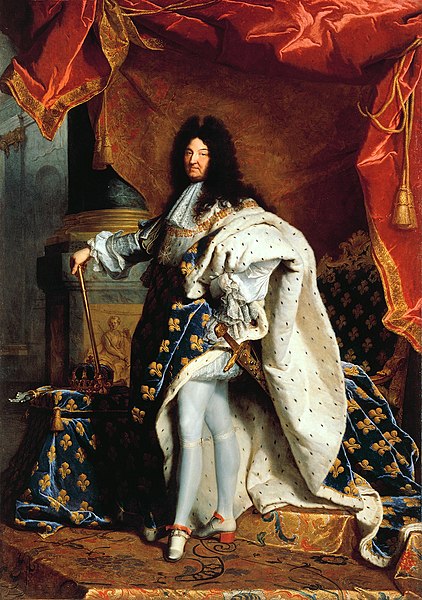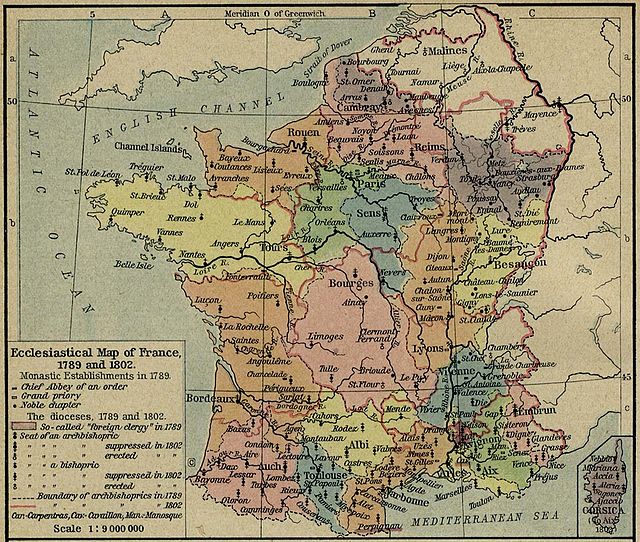Under the French Ancien Régime, a parlement was a provincial appellate court of the Kingdom of France. In 1789, France had 13 parlements, the original and most important of which was the Parlement of Paris. Though both the modern French term parlement and the English word "parliament" derive from this French term, the Ancien Régime parlements were not legislative bodies and the modern and ancient terminology are not interchangeable.
Lit de justice held by Charles VII of France at Vendôme
Engraving by Nicolas Bertrand from 1515 showing a session of the Parlement of Toulouse presided over by King Francis I of France.
The palace of the Parlement of Brittany in Rennes
Louis XV leaving the Parlement of Paris on 12 September 1715
The ancien régime, now a common metaphor for "a system or mode no longer prevailing", was the political and social system of the Kingdom of France that the French Revolution overturned through its abolition in 1790 of the feudal system of the French nobility and in 1792 through its execution of the king and declaration of a republic.
Louis XIV of France (the Sun King), under whose reign the ancien régime reached an absolutist form of government; portrait by Hyacinthe Rigaud, 1701
The Storming of the Bastille on 14 July 1789, later taken to mark the end of the ancien régime; watercolour by Jean-Pierre Houël
Dioceses of France in 1789.
A prerevolutionary cartoon showing the Third Estate carrying on his back the Second Estate (the nobility) and the First Estate (the clergy)








